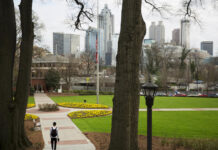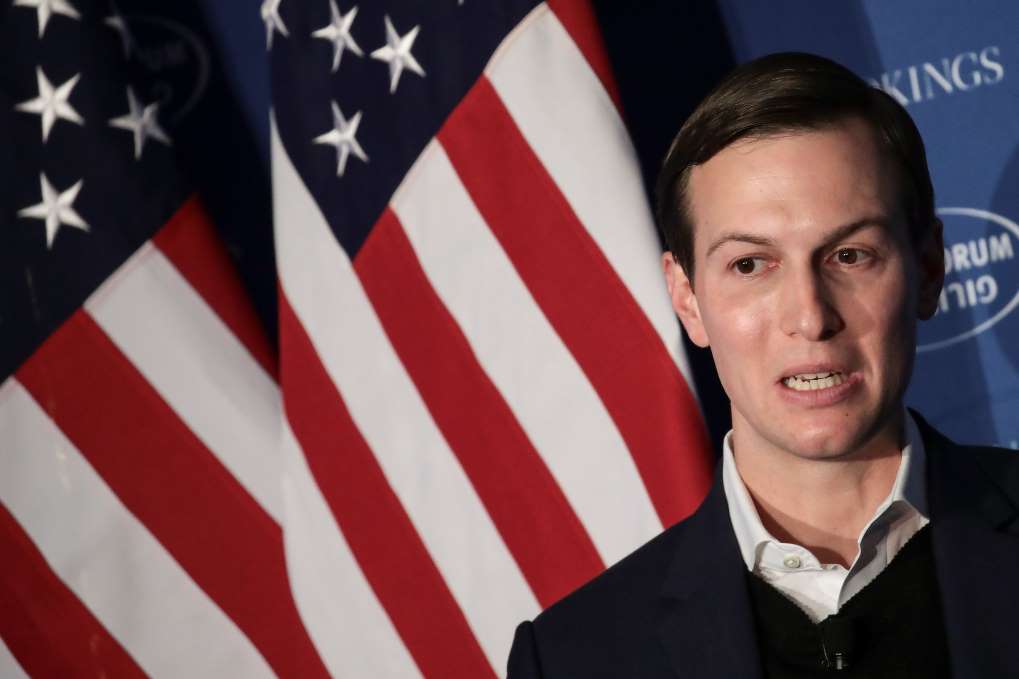April 12, 2013
By Jassamine Price (Student at American University) for NAM
WALDORF, MD — Rajan George, editor-in-chief of India This Week and Express India.

Editor Rajan George in the India This Week and Express India office.
April 12, 2013
By Jassamine Price (Student at American University) for NAM
WALDORF, MD — Rajan George, editor-in-chief of India This Week and Express India.

Editor Rajan George in the India This Week and Express India office.
“I used to have five people in the office in Takoma Park, once upon a time,” he said, thinking back over the papers’ 23-year history. Today there are only two part time workers in the office, and much of the work such as layout, and graphic designs are done in India under the supervision of Manu Jacob in Bangalore and Manish Krishna in Trivandrum, and Varghese Idiculla in Pune, India.
Geeta Goindi from Tysons Corner, VA, covers major political and social events in the community mostly in Virginia and the District of Columbia, and Dr. Sam Prasad Jillella from Takoma Park, MD, covers religious, cultural, and community activities in Metro Washington region. The two correspondents conduct interviews of major social, financial and political personalities, for coverage. Anadi Naik from Frederick, MD writes analytical columns on important social and political news.
Rajan George serves as the editor-in-chief and business manager. He has three people to operate the printing press, a 100-foot long machine dominating his headquarters in an industrial park in Waldorf, MD., near Washington, D.C.
Since 1990, India This Week and Express India have weathered the arrival of the Internet and the decline of print newspapers relatively smoothly, but the recent recession have hurt the business negatively.
Demand for Print Newspapers
Sometimes, the future looks bleak, George said. But he is convinced that reader demand can sustain print newspapers, especially in immigrant communities. He notes that his papers are the D.C. metropolitan area’s only Indian ethnic publications.
The two free, tabloid-size papers primarily cover news from India and other parts of South Asia. In addition, a small percentage of pages are devoted to announcements of local events and news about D.C.-area ethnic celebrations.
George aims at a readership that might be described as “pan-South Asian.” He chooses articles that will interest immigrants from not only India, but also from Pakistan, Nepal, Sri Lanka and Bangladesh. The papers obtain most of their international content from the wire service, Asian News International. George and a couple freelancers generate local coverage.
The two papers function together like a single semi-weekly publication. Express India began coming out every Tuesday in 1990, and India This Week started publication each Friday in 1995.
The two papers share the same masthead, editorial goals and visual appearance, but they do not duplicate content, George stressed. Together the papers have a circulation of 20,000 and reach immigrants in the District of Columbia, the city of Baltimore and a half-dozen counties in Virginia and Maryland. The region is home to the third largest South Asian population in the United States, one that has grown rapidly in the past decade.
George publishes a wider range of news items on South Asia than mainstream media, which focuses its coverage of the region on U.S. interests. He described Indian Americans as “far from home” and in need of news about their country of origin. George noted that not everyone has access to the Internet.
“This is what puts people together,” he said, turning the pages of the latest issue of Express India. “It’s a unifying factor when you have a community event and publicize it through the local ethnic media.”
English – Indians’ Unifying Language
Express India and India This Week are published entirely in English. According to George, “Even though the national language is Hindi, the only thing that unifies the Indian people is English.”
George shakes his head as he recalls that a friend started a D.C.-area paper in Hindi, but it didn’t succeed. Actually, George is from Kerala, and Hindi is not his native language. India has over a dozen languages designated “official” and English has become the lingua franca of educated Indians. English has the added advantage of reaching South Asian immigrants who aren’t from India.
George isn’t sure what the future holds. His regular advertisement base has shrunk considerably. Now he relies on advertisements from large mainstream corporations, such as PNC Bank, Wells Fargo, McDonalds, Emirates, Etihad Airlines, Macys, Citibank, State Bank of India, and Fitz Toyota to mention a few. However they frequencies are not regular.
A decade ago, real estate agents and mortgage brokers were his most reliable advertisers, but most of them have gone out of business since the housing market collapsed in 2008. Today, many of the papers’ largest ads are aimed directly at the ethnic audience, such as placements for local concerts of Indian pop idols on tour.
He Won’t Give Up
But George isn’t giving up. He admits that in the past he did not seek out advertisers because they approached him. Now he thinks more carefully about revenue and expenses.
To reduce costs, he recently moved his office from Takoma Park, Md., to a cheaper space adjoining his printing press in Waldorf. He recently acquired new capacity to print in color.
George did not start out in journalism. He earned a master’s degree in theology before coming to the U.S. in 1990, and he remains closely involved with a local church he helped to start. Publishing and religion are equal, simultaneous “passions” for him. Perhaps this unusual background helps him maintain the two papers through what he describes as “a tough time.”
“For me it takes one day at a time,” he said, “We are not thriving, but we are sustaining ourselves. If I don’t have advertisers coming in for a certain time, I’ll close up. I won’t run a losing business. But so far,” he added, “I don’t have a losing business.”
Community News Special – By MYDOSTI.COM: Article Edited by Sam Prasad Jillella











































































































